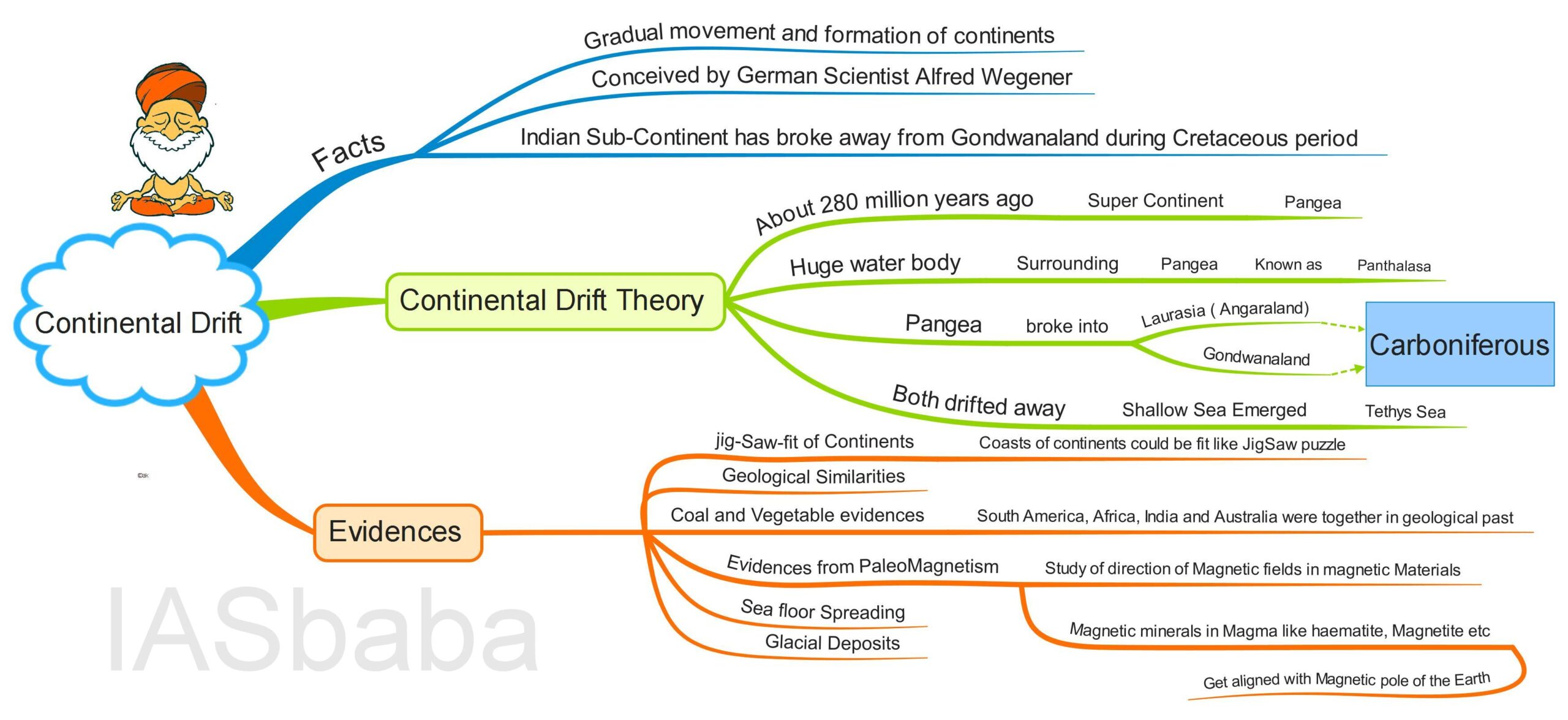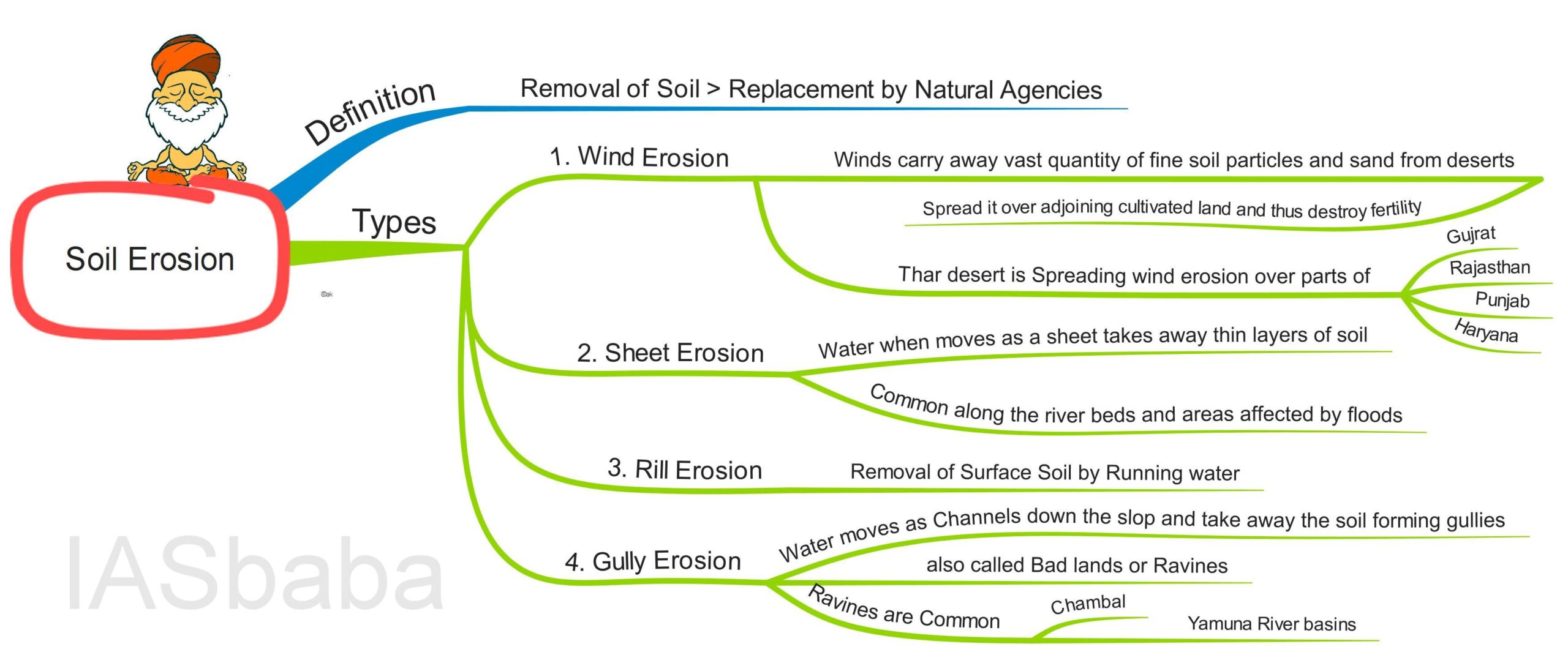- Home
- UPSC Mains
- Daily Free Initiatives
- Courses
- KPSC / KAS
- हिंदी
- Centres
- Contact Us
Hello Friends,
Recently we have come up with a NEW INITIATIVE – BRAINSTORMING THROUGH MIND-MAPS!
Mind-map is an incredible powerful thinking tool, an innate human language that will have immense benefit in your preparation.
The main idea is to brainstorm different aspects of an issue – think in multi-dimensions; what we call 360 degrees of an issue. The whole of this exercise will unleash your creativity to push your brain cells to recall the data learnt and to make it more relevant for your preparation.
It will help you to make your Revision and Retention a far better apart from giving you more Clarity in the topics/issue at hand and improve your Concentration.
You can see the drastic impact mind-maps will have in a few weeks, provided you are regular with this exercise.
So here we are with Today’s TOPIC!
NOTE – Instructions to download Mind Maps/Images


YOUR PARTICIPATION? – VERY IMPORTANT
Unlike what we were doing before, in this initiative we want students to learn and brainstorm through mind-maps (It is not necessary that you use a software/tool to design mind maps. You can prepare mindmaps using a pen and a sheet of paper).
We will share the final printable mind map twice a week. We will also provide specific inputs on your mind maps to improve your skill of mind mapping.
Together we can, we will. The strength of the community is more powerful than individual effort. We have started it. You have to strengthen it”
You can Start sharing Your Mind-maps (get feedback from IASbaba) & Topics of your interest in the comment section below!!
Thank You
IASbaba
